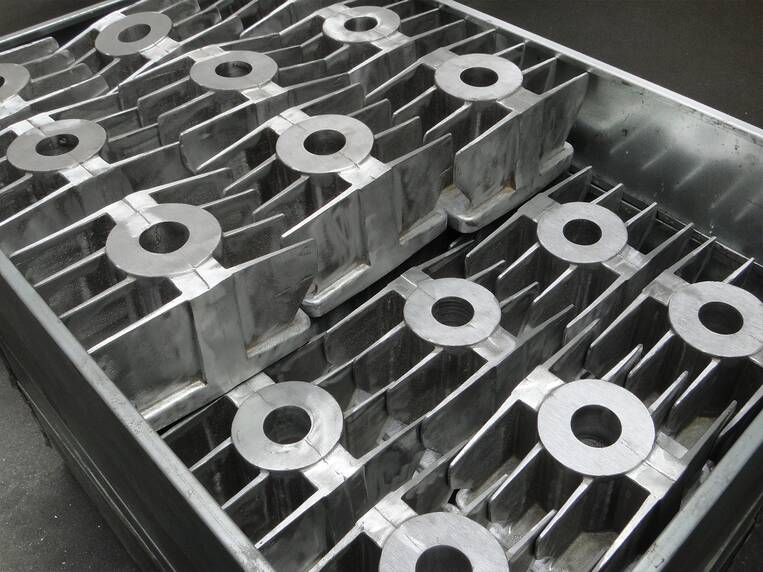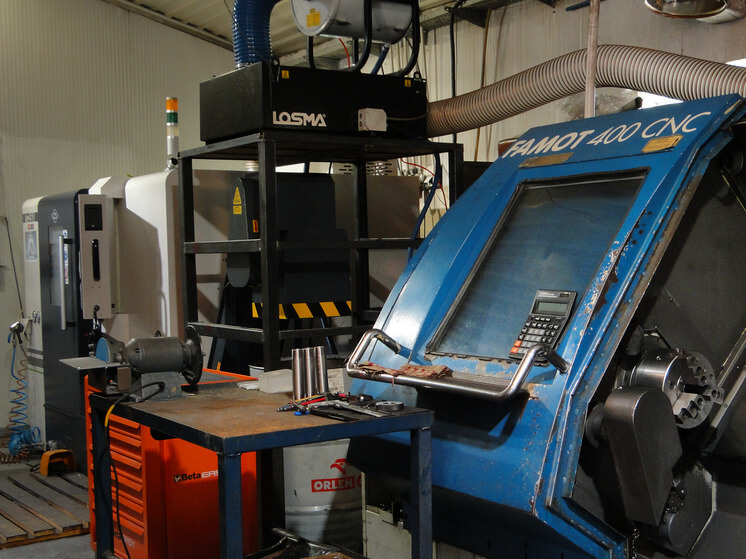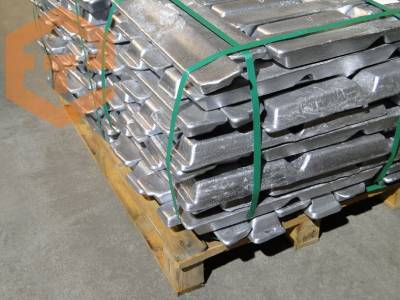Modern industry could not function without CNC technologies. They are the ones that make it possible to produce parts with high accuracy and repeatability, both in unit and high volume production. The most important processes include CNC milling and turning. Both belong to the category that is machining, but they differ in their mode of operation, applications and technological requirements.
What is CNC milling?
Milling involves the removal of excess material using a cutting tool - a cutter - which rotates around its own axis. With CNC technology, the movements of the tool are computer-controlled, making it possible to produce complex shapes with extreme accuracy.
The process includes stages:
- CAD design preparation,
- Conversion to CAM code,
- Material attachment,
- Workpiece machining using a CNC milling machine,
- Quality control of the finished component.
Advantages of CNC milling
The use of computer control makes the process fast, flexible and precise. The main benefits include:
- the ability to produce complex details,
- high repeatability,
- short cycle times,
- limited material losses,
- ease of implementing design changes.
Thanks to these features, precision metalworking by CNC milling is widely used in modern industry.
What is CNC turning?
Turning is a process in which the workpiece rotates around its axis while a stationary tool gradually removes excess material. It is most commonly used for workpieces with rotating shapes - shafts, bushings or rings.
As with milling, the use of computer control guarantees very high accuracy and full control over working parameters. CNC turning produces smooth surfaces and precise dimensions, which is particularly important in industries where tightness and durability of components matter.
Comparison of milling and CNC turning
| Criterion | CNC milling | CNC turning |
|---|---|---|
| Tool movement | Tool rotates, workpiece is stationary | Workpiece rotates, tool is stationary |
| Type of detail | Flat, spatial, complex shapes | Rotating components, cylindrical |
| Advantages | Complex geometries, flexibility | High surface smoothness, axial precision |
| Industries | Aerospace, automotive, medical, electronics | Energy, automotive, marine industry |
The two methods are not mutually exclusive, but complementary - many sites use them in parallel, depending on the specifics of the project.
Most commonly used materials
The choice of material is of paramount importance to the efficiency of the machining process.
- Aluminum - lightweight, easy to machine and corrosion-resistant. Aluminium milling produces components with high accuracy and surface aesthetics.
- Steel - durable and robust, used in machine construction.
- Plastics - light and inexpensive, ideal for prototypes.
- Special alloys - e.g. titanium, used in aviation and medicine.
Modern technologies and trends
The CNC industry is evolving towards full automation and digitalisation. Key trends include:
- CAD/CAM integration - from design to implementation in a short space of time,
- Automation and robotisation - unmanned machine operation 24/7,
- Internet of Things (IoT) - real-time monitoring of operating parameters,
- Artificial intelligence (AI) - process optimisation and tool wear prediction,
- Ecology - recycling of materials and energy-efficient solutions.
Thanks to them CNC machining becomes even more efficient and environmentally friendly.
Applications of CNC milling and turning
- Automotive - engine components, gearboxes, rims, shafts.
- Aviation - structural and engine parts.
- Medicine - implants, surgical instruments, equipment housings.
- Electronics - enclosures, heat sinks, precision components.
- Maritime industry - corrosion-resistant and heavy-duty parts.
In practice, most projects combine both technologies to achieve a comprehensive effect.
Why choose Eurotech CNC?
Implementing projects in metalworking requires the right technological background and expertise. Eurotech CNC offers:
- modern machinery,
- experienced specialists,
- a flexible approach to projects,
- high quality and timely delivery.
The company provides full support - from technical advice, to project preparation, to finished components conforming to the highest standards.
Both milling and CNC turning are key processes in modern industry. Although they differ in their method of operation and range of applications, together they form a complete solution for companies that require the highest quality parts.
If you are looking for a partner that combines knowledge, experience and modern technology, contact Eurotech CNC. Our expert team will advise, design and produce according to your needs.
Frequently Asked Questions (FAQ)
Milling involves the rotation of the tool and turning involves the rotation of the workpiece.
Milling is chosen for complex shapes, turning for cylindrical parts.
Mostly aluminium, steel, plastics and special alloys.
Yes, CNC works well for both prototyping and mass production.



